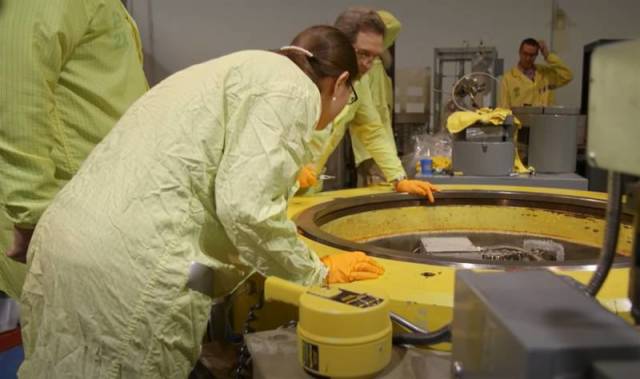
Image source: topwar.ru
The U.S. Nuclear Regulatory Commission has accepted an application from Abilene Christian University (ACU) for a permit to build a molten salt research reactor (MSRR) on the university campus in Abilene, Texas. This is the first application for a new research reactor in the United States in more than 30 years and the first application for an advanced university research reactor.
In August, ACU submitted an application for the experimental testing laboratory of nuclear energy (NEXT Lab), which includes a non-energy MSRR with a capacity of 1 MW. The reactor will use a coolant made of molten salt with fuel dissolved in such a melt. The facility will become a platform for research on molten salt technology, as well as provide opportunities for education in the field of nuclear science and technology. This is the official version.
ACU is the leading university in the NEXTRA Research Alliance, which includes the Georgia Institute of Technology, Texas A&M University and the University of Texas at Austin. The alliance has a $30.5 million research agreement with Natura Resources for the design and construction of a university molten salt research reactor.
According to the program management, several aspects of the MSRR design have already been considered by the staff of the US Nuclear Regulatory Commission in the previous two years of work before applying with the ACU.
— a representative of the NRC said in a recent interview with the press.
According to ACU, the construction of the Gale and Max Dillard Scientific and Engineering Research Center with an area of 2,600 square meters, which will house NEXT Lab and MSRR, is already underway and should be completed in the summer of 2023.
If a construction license is granted, the ACU will have to submit a separate application for a license for the subsequent operation of the reactor. At the moment, it is not reported what specific studies (in addition to testing the use of salt melt technology) are planned to be carried out with the help of a promising nuclear reactor.
